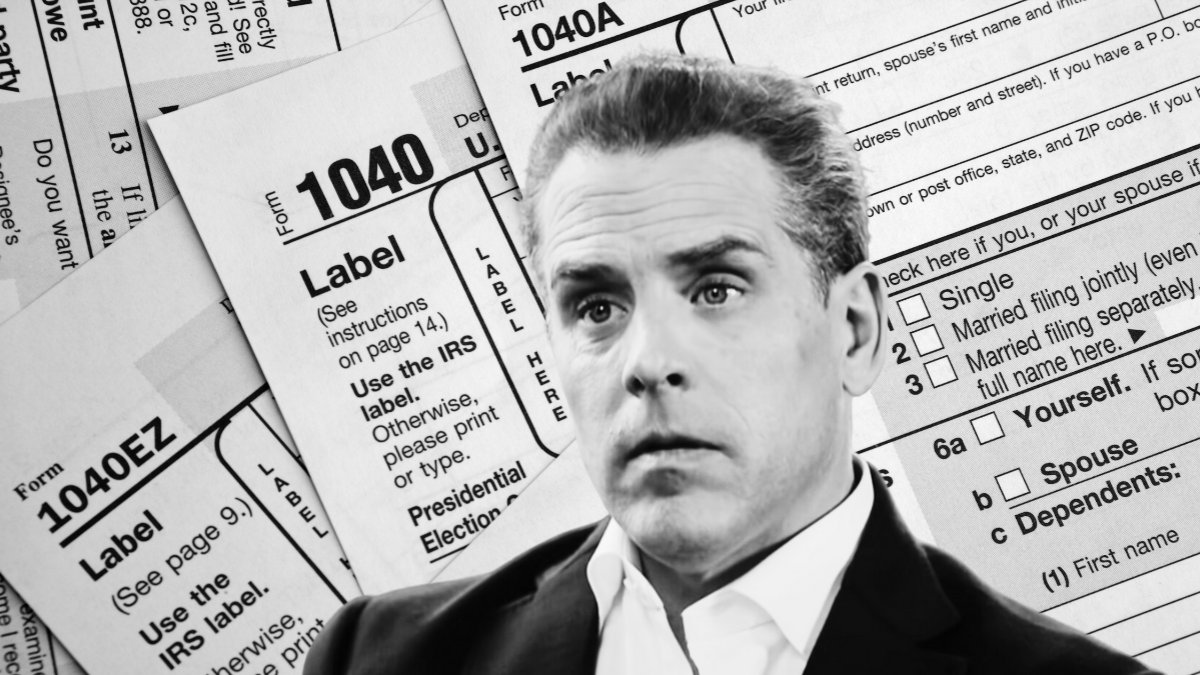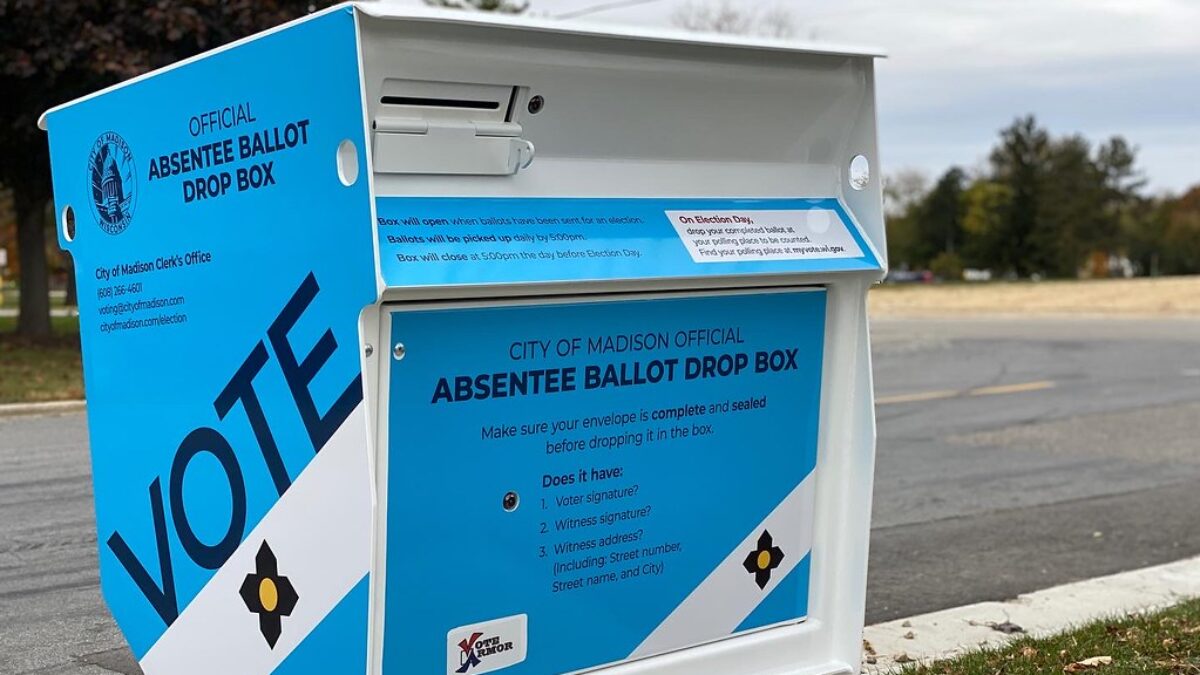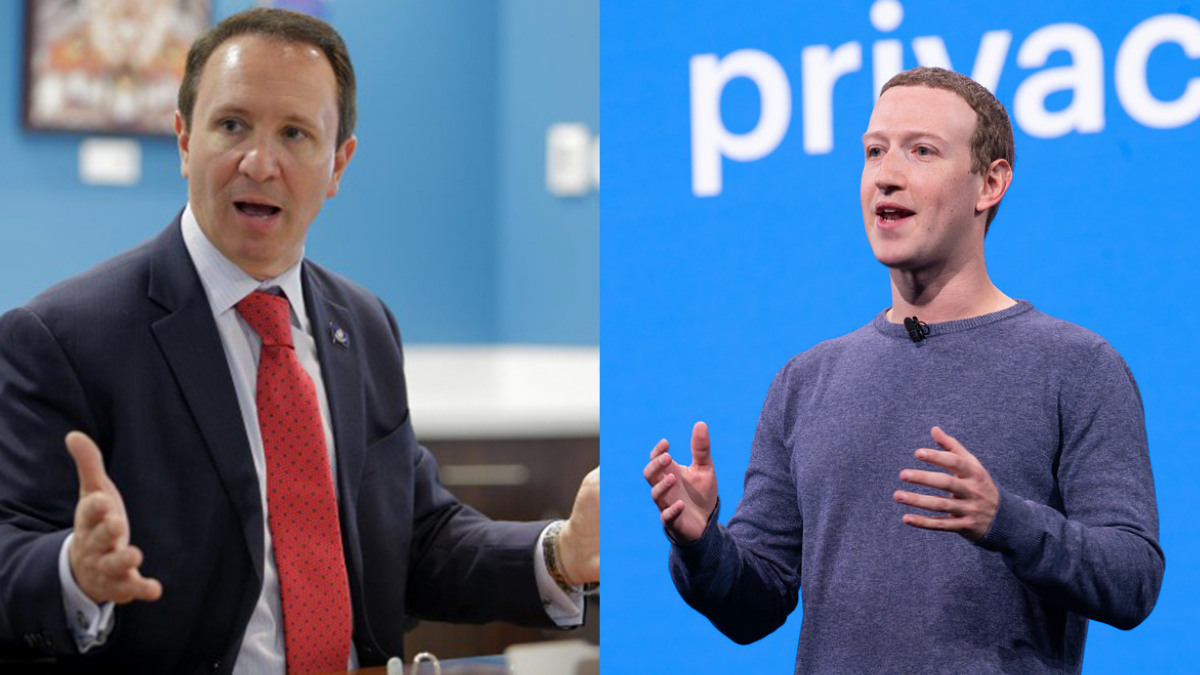
It is understandable if viewers of the first Democratic presidential primary debates came away with the impression that the party had gone crazy. But the spectacle of the debates is probably more a story of Democratic elites widening a schism within their own party.
Politico’s John Harris observes that “[m]any of these candidates are trying to sound more extreme than they really are,” a marked change from election cycles over the past 25 years. This is not entirely true. Some of the Democratic extremism, such as on abortion, is very much where the candidates really are. But it is true enough to take the argument seriously.
Harris adds: “The shift in sensibility, from hiding to exaggerating those radical bona fides, shines a light on a more profound change: This cadre of Democrats believes the ideological tides, within the party and the country more broadly, have shifted leftward. And in this environment, with candidates desperate for attention and activist support, it is no longer safe to play it safe.”
The 2020 field certainly is desperate, but left-wing activists are not particularly representative of rank-and-file Democrats, let alone the country.
The latest survey from the neoliberal Third Way group reports that by a 63-32 percent margin, Democratic primary voters want the candidate with the best chance of beating President Trump over one who matches their policy preferences. This sentiment is held by 65 percent of blacks, 64 percent of whites, and 62 percent of Latinos. Similarly, 67 percent want a candidate who can appeal to Trump voters over the 25 percent who want a candidate who moves left to energize progressives. Indeed, 65 percent of liberals want a candidate with broader appeal.
A poll from Crooked Media—the Pod Save America folks—polled Democratic voters in Iowa, New Hampshire, and South Carolina. They found a 51-49 split between those who want a candidate who can reach Trump voters and one who excites the left. But a related question echoed the Third Way results:
https://twitter.com/jonfavs/status/1143617110850981888
Apparently, there is also a Fox News poll not yet published that suggests most of the Democratic candidates are competing for this same 25-30 percent of the party.
Over the past few months, the pretend socialists lashed themselves to an unpopular platform from which it will be difficult to free themselves. Medicare for All is the most prominent example. The brand name polls well, but a new Henry J. Kaiser Family Foundation poll indicates 68 percent of Democrats wrongly think people with employer-sponsored insurance would be able to keep their current coverage.
The lefty Data For Progress group has polled Democrats about the difference between single payer and the “public option” to buy into Medicare. Neither gets majority support, but a buy-in is above water (43-37), while single payer is under water (48-45). Worse for 2020 Democrats, a buy-in attracts 56 percent of Hillary Clinton voters, while single payer tops out at only 31 percent support.
California and Vermont have both tried and failed to pass single-payer schemes. Sen. Elizabeth Warren used the first debate night to flip her position to single-payer, claiming that any failure was simply the result of not fighting hard enough. Third Way neoliberals (and probably others) had been gravitating toward supporting Warren as a backstop to Joe Biden and alternative to Bernie Sanders, in large part because she had opposed single-payer. Now they will have to think again.
The “Green New Deal” was the other big-ticket item embraced by 2020’s socialists and faux socialists earlier this year. The phrase was not used once in the first Democratic debate. To the contrary, the discussion of climate change opened with a question from NBC’s Chuck Todd noting that carbon taxes failed on a referendum in Washington state, sparked the “yellow-jacket” protests in France, and produced a surprise election victory for conservatives in Australia (he might have added failed 2018 ballot measures to increase renewable energy in Arizona and to limit fracking in Colorado).
This retreat from central planning should be no surprise: The Green New Deal resolution got no votes on the Senate floor; Democratic leadership will not bring it to the floor of the House. The efforts to translate the resolution into policy have run into problems with intraparty politics and the laws of science.
On immigration, the 2020 field has sounded a similar retreat from their past calls to “Abolish ICE,” as the mediasphere has switched from denying there is a crisis at our southern border to blaming President Trump for it. Democratic candidates spent much of the debate discussion on immigration decrying the conditions at migrant camps while avoiding stating their de facto “catch-and-release” position. It seems unlikely that Trump will let the eventual nominee get away with that.
Indeed, the candidates’ leftward lurch is doubly baffling because it plays directly into the GOP’s strategy for 2020. President Trump’s 2019 State of the Union Address made a point of pivoting from the socialist collapse in Venezuela to asserting that: “Here in the United States, we are alarmed by the new calls to adopt socialism in our country… Tonight, we renew our resolve that America will never be a socialist country.”
Republican operatives have bragged to The New York Times that their 2020 strategy is to paint Democrats as socialists and extremists on infanticide, Israel, and immigration. These attacks have already begun appearing is statements from Sen. Joni Ernst and direct mail solicitations from figures like former South Carolina governor and U.N. ambassador Nikki Haley.
So why are most Democratic candidates persisting in the folly of competing over one-quarter of their voters? They, and their enablers in the establishment media, are largely trapped in the progressive bubble manifesting on social media. The Third Way survey indicates 67 percent of primary voters want a candidate who can unite a broad range of voters, but only 47 percent of the hyper-engaged do. While only a quarter of primary voters think the party should move left, 44 percent of the hyper-engaged do. Only 29 percent of primary voters want to abolish ICE, but 64 percent of the hyper-engaged do.
The hyper-engaged represent the 12 percent of Democratic primary voters who post daily on Twitter, where Democratic elites and establishment journalists form their view of the party and the election. It happens despite The New York Times publishing a front-page story explaining that only a quarter of Democrats are progressive ideologues, but they outnumber more moderate, more diverse and less educated Democrats by a 2-1 margin on Twitter.
Russia invented the “Potemkin village”—phony construction meant to deceive visitors into thinking conditions were better than they really were. The Democratic debates feature a cadre of Potemkin Socialists parading on a platform of socialist dreams—sounding grand, but lacking in reality or broad political support.
The media enabling this pageant has effectively locked hands with these fakers, not unlike Thelma and Louise driving toward the edge of the cliff. The main difference is that when Thelma and Louise drove off the cliff, it was not because they were too busy staring at Twitter on their phones.









